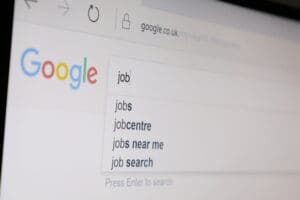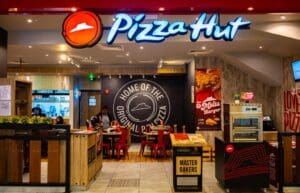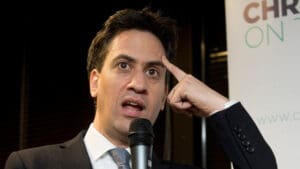The top 1% of UK taxpayers contributed a third of all income tax and capital gains tax (CGT) collected in the last financial year, according to new HMRC data that highlights the growing reliance on a small pool of high earners to support the public finances.
A Freedom of Information (FOI) request by investment service Wealth Club found that the top 500,000 taxpayers paid £93.8 billion in 2023/24, accounting for 33% of total income and CGT receipts. The top 100,000 earners alone contributed nearly £55 billion – almost one in every five pounds collected.
Wealth Club said the findings underline the fiscal risk of deterring high net worth individuals (HNWIs) from living and investing in the UK.
“A very small group of individuals is responsible for a disproportionately large share of the nation’s tax revenue,” said Alex Davies, founder and chief executive. “Rather than penalising success, we should be creating a stable and attractive environment where entrepreneurs and wealth generators choose to remain, invest and contribute to the nation’s long-term success.”
The figures come amid concern that the abolition of the non-domicile scheme in April is accelerating the departure of globally mobile wealthy individuals. The previous regime allowed foreigners who considered their permanent home to be abroad to pay a fixed annual fee starting at £30,000 while protecting overseas income from UK taxation.
Under the new rules, those resident in the UK for four years or more must pay income and capital gains taxes on global earnings, with inheritance tax also applicable on overseas assets over time.
Marc Acheson, global wealth specialist at Utmost Wealth Solutions, said: “Some argue that raising further taxes on the wealthy is an easy fiscal fix, but this overlooks how internationally mobile this group is. Behavioural changes following tax reforms can materially reduce revenue rather than increase it.”
He added that jurisdictions such as Italy, Switzerland and Portugal are “competing aggressively” to attract departing non-doms and HNWIs.
“You can’t milk a cow that’s already left the barn”
Private client lawyers echoed the warning. Ceri Vokes, head of private client and tax for Withers Europe, said many wealthy individuals, particularly business owners, had already relocated following the non-dom abolition, higher CGT rates and upcoming inheritance tax changes.
“The wealthy already shoulder a disproportionate share of the tax burden in the UK. By driving them away, you don’t just lose taxpayers; you lose the jobs, investments and opportunities they create,” she said. “You can’t milk a cow that’s already left the barn — yet that’s exactly what overtaxing the wealthy seeks to do.”
Responding to the FOI findings, a Treasury spokesperson said: “The UK’s tax system is progressive, meaning those with higher incomes contribute more, helping to support vital public services.”
However, with the top 1% now contributing a third of total income-related taxes, economists warn that the government faces a delicate balancing act between protecting revenues and preserving the UK’s international appeal to high earners, entrepreneurs and investors.
As the November Budget approaches, policymakers will be under pressure to demonstrate that tax reforms can both raise revenue and retain the contributors on whom so much of the tax base depends.
Read more:
Top 1% of UK taxpayers now contribute a third of income and capital gains tax










